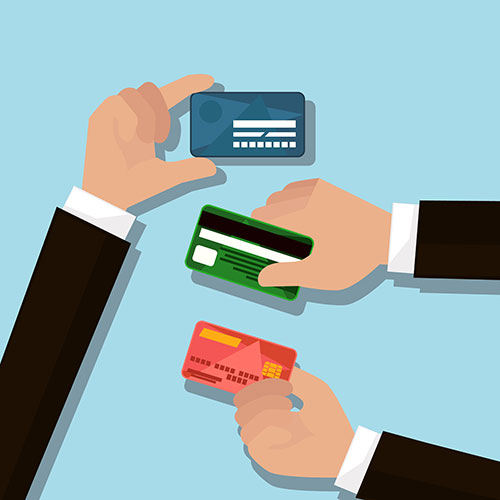Personalized glass products can convey a feeling of elegance, elegance and brand name identity. Font option plays a crucial role in developing the tone of an engraving, specifically when producing corporate presents or milestone parties.
Modern sans-serif typefaces supply a well balanced visual for inscriptions that share technology or forward-thinking brand name identifications. Attempt pairing them with traditional serifs to bring a much more creative style to your styles.
1. Flared or Flowing Details
Engraving on glass offers a variety of layout alternatives. For rounded things, such as containers or jars, using a rotary attachment permits regular and also etching across the surface. Engraving from the within the glass enables an extra subtle, decorative appearance or even a full-color paint fill.
Spirited font styles evoke power and charisma, making them excellent for brands that aim to stick out and resonate with target markets. The overlapping, interlocking and weaving of letterforms develop a sense of activity or depth in typography that records the audience's focus and intrigue.
Clarity is a vital aspect to consider when selecting a font for glass inscription. Choosing the ideal size, weight and spacing enables very easy reading at any kind of angle or distance. Font design also contributes, with script and ornamental typefaces providing an official or stylish appearance, while handwritten font styles supply a much more individual touch. Variable typefaces enable designers to include a variety of designs and weights in a file, which helps keep consistency and guarantees that the message or graphics are still legible.
2. Distorted or Altered Type
Installing altered text within a style is a reliable way to include personality and make the design stick out. This design has ended up being specifically popular for logos and brief taglines, as it gives off a sense of character while additionally appearing contemporary and one-of-a-kind.
Glass distortion is a common issue that can happen throughout production, processing or setup of bent glass panels. It can be caused by the flat panel being rolled into a bent form, bending the glass while heating it or during installment.
One means to minimize the event of glass distortion is by utilizing a high-grade curved laser etching maker with a rotating add-on. This method allows you to trace the surface area of the bent panel with a pen and then measure the distortion. Later on, you can utilize this details to develop appropriate tolerances for the curved panel. This process is time consuming, nevertheless, and would certainly be extra reliable if it could be automated.
3. Relaxed Typography
As homes and offices shift towards minimalist looks, etched glass supplies seasonal inspiration with glass a classy alternative for adding texture to a space. Its subtle charm is ideal for a contemporary interior decoration and matches the current glass production fads.
Making use of CNC laser modern technology, detailed patterns can be inscribed right into glass surface areas, with layouts ranging from geometric to organic. This flexibility enables designers to produce distinct, creative work and accommodate a large range of applications.
Unlike various other ornamental products, engraved glass is captivating and engages with light to change the atmosphere of a space. This characteristic attracts a niche market of collectors and elevates glass wares to the standing of art. The international glass etching market is growing because of the rising demand for personalized presents and bespoke building aspects. Technological developments and the rise of on-line industries are likewise driving market growth. However, the high initial financial investment expenses of sophisticated glass engraving machines restrict market infiltration.
4. Illegible Type
Personalized glass is a lovely and practical type of art that evokes a stylish feel. From engraving the groom and bride's names on wedding event champagne glasses to creating company honors, engraving glass is a preferred and functional method to create an one-of-a-kind item for personal or business usage.
Glass engraving is commonly done by utilizing one of numerous strategies, including sandblasting, acid etching, and laser inscription. Sandblasting is commonly used for high-volume manufacturing, stabilizing cost-effectiveness with quality, while acid etching gives higher levels of information and precision for even more premium applications. Laser engraving uses the most adaptability and speed for mass customization of glass items, driving development in the sector.
Selecting the right laser engraver for glass can make all the distinction in your finished item. The Gweike Cloud Pro, for instance, is a great option for professional glass laser inscription, with its industrial-grade components, bent engraving capacities, and wise set processing. Adding dampened paper towel or application tape to your work area can likewise aid stop the surface from ending up being rough, making sure a smoother and more regular engraving.
